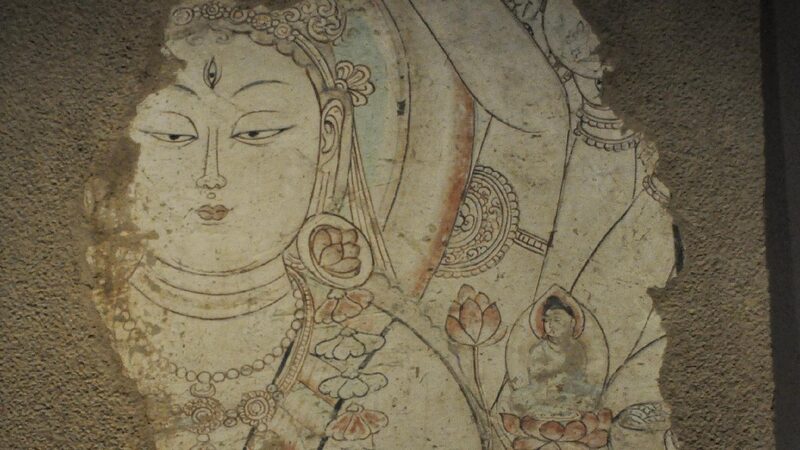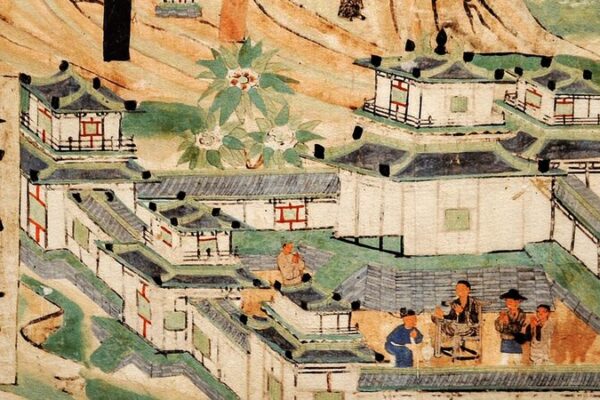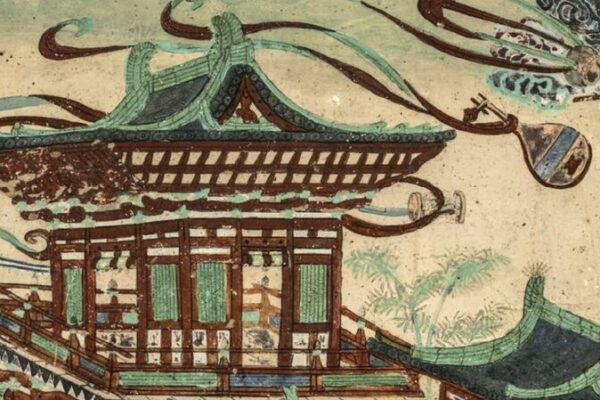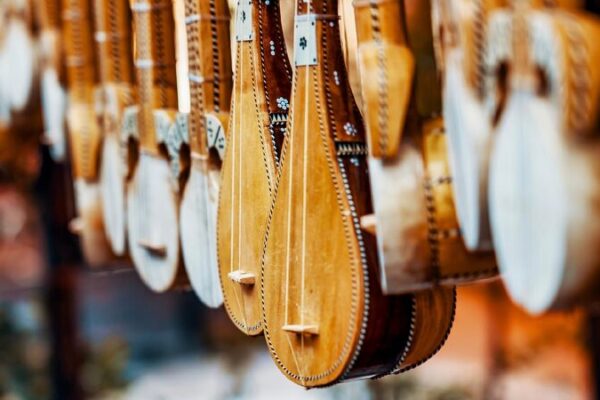The Hetian Museum in Hetian City, Xinjiang, is a treasure trove of history, housing over 10,000 cultural relics that tell the story of the ancient Silk Road. For centuries, this region was a bustling hub connecting East and West, and the museum brings that rich heritage to life.
Visitors can explore Khotanese Buddhist sculptures and mural fragments that highlight the Kingdom of Khotan’s significant role in spreading Buddhism eastward. Musical instruments from the Han and Tang dynasties offer a glimpse into the cultural exchanges that flourished along the Silk Road.
One of the museum’s most intriguing collections includes rare wooden tablets inscribed with Kharosthi script, an ancient writing system from South Asia. These artifacts, along with Han-era brocades and exquisite Hetian jade carvings—such as luminous mutton-fat jade and camel-patterned silk—showcase the diverse influences that shaped the region.
The Hetian Museum not only preserves these precious relics but also invites a new generation to discover the multicultural legacy of the Silk Road. It’s a journey through time that resonates with young people eager to connect with the world’s shared history.
Reference(s):
cgtn.com








